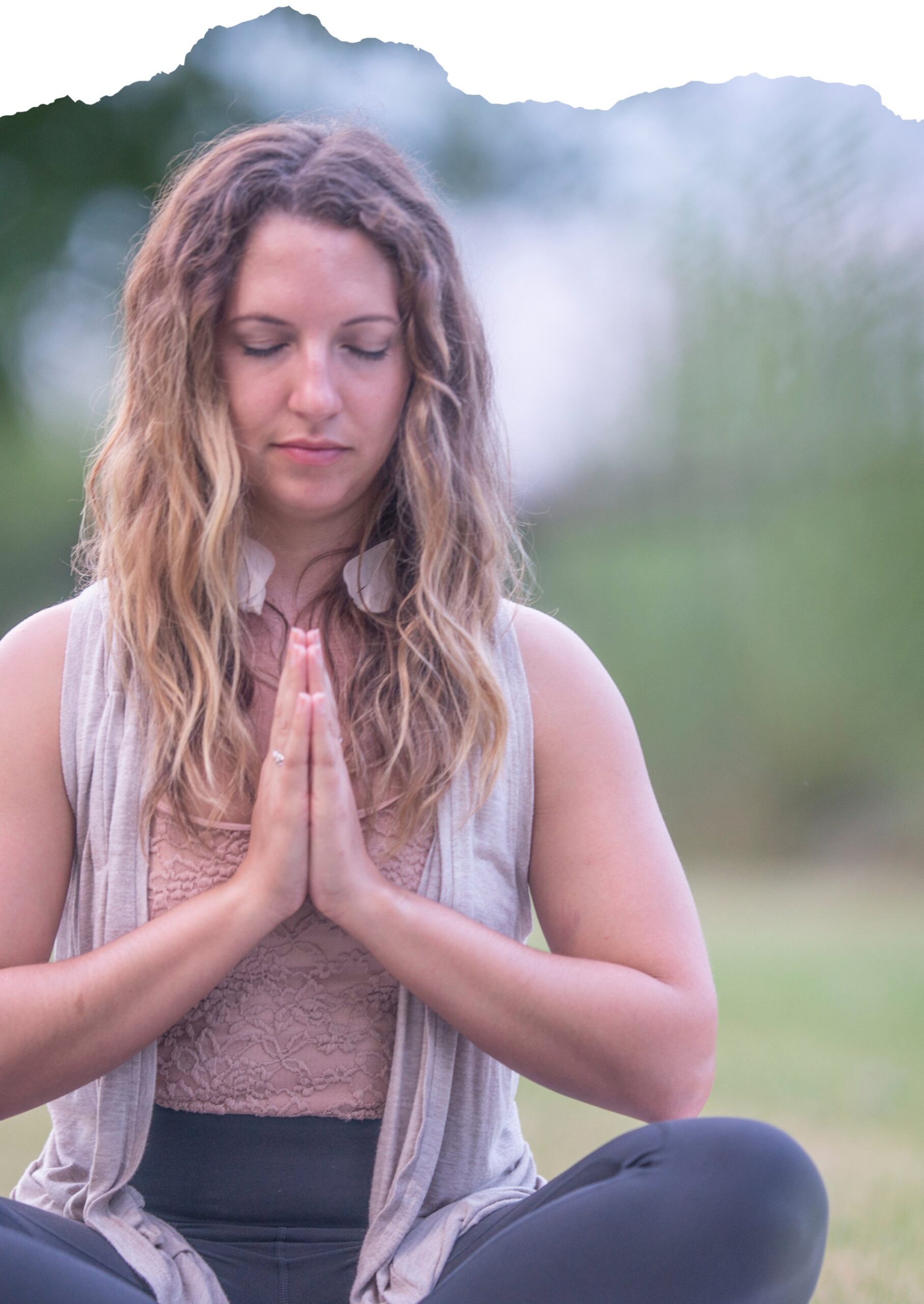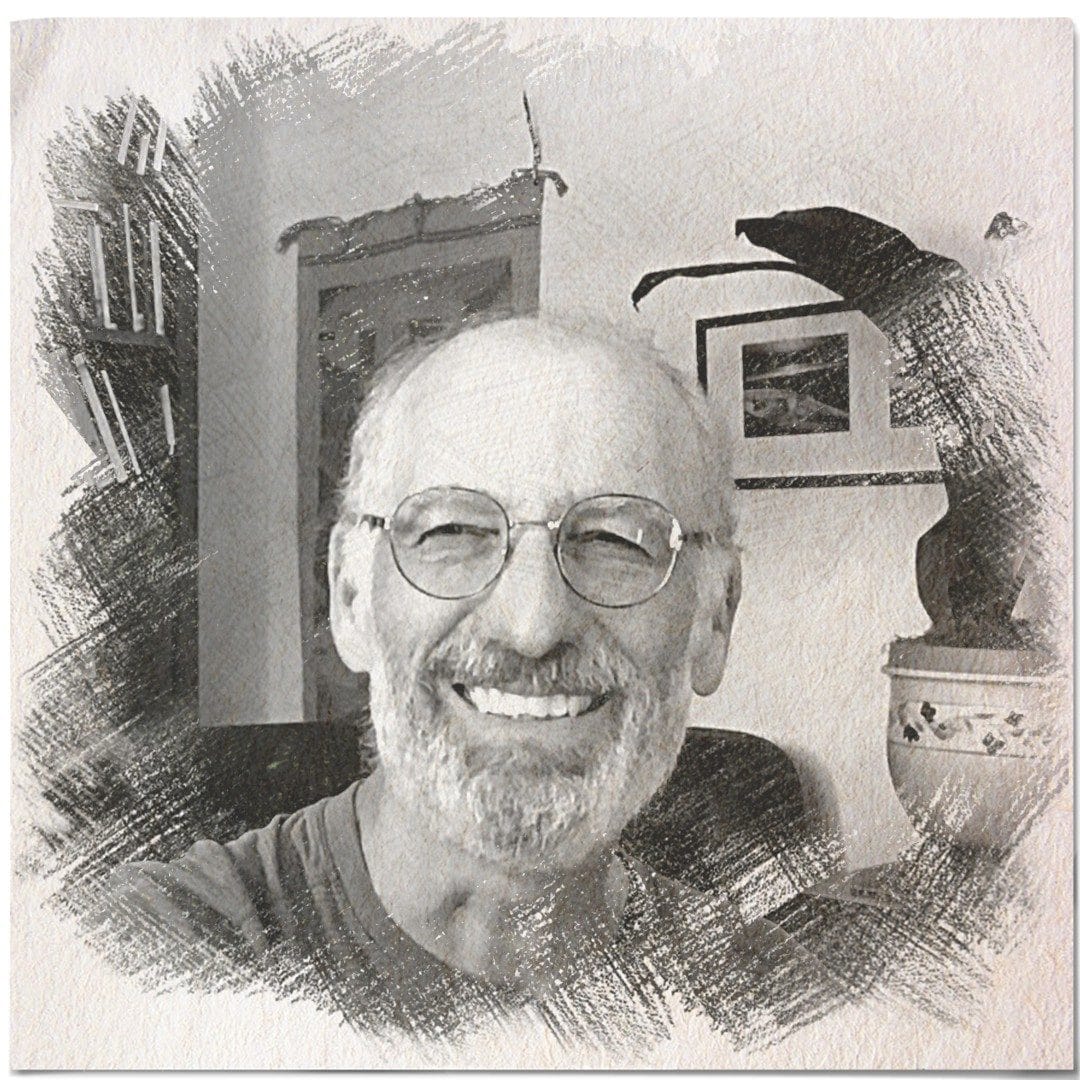What is Meditation?

The answer to the question “What is Meditation?” is diverse and covers a lot of ground. The term “meditation” (much like the term “sports”) refers to a broad variety of practices that includes techniques designed to promote relaxation, build internal energy or life force and develop compassion, love, patience, generosity and forgiveness.
Meditation has been used for centuries to quieten the mind until thoughts cease for short or extended periods of time or to “induce a mode of consciousness” that, in spiritual traditions, brought the meditator closer to God or generated a heightened spiritual state. Meditation has been more often employed by the mystical forms of our familiar spiritual traditions, the Kabbalist form of Judaism, Yoga in Hinduism, Sufism in Islam, and Christian Heyschasm.
This post will examine meditation from several perspectives, including the more traditional approach and a newer, more less mainstream method that I have developed. It offers a process that is new, innovative, different from traditional “mind training”, and is more effective in helping people develop Elevated Awareness.
Traditional Meditation
The Miriam-Webster Dictionary defines meditation as “the act or process of spending time in quiet thought. Continuous and profound contemplation or musing or a subject or series of subjects of a deep or abstruse nature; ‘the habit of meditation is the basis for all real knowledge” (unattributed).
Wikipedia does a better job in its definition of meditation:
Meditation is a practice in which an individual trains the mind or induces a mode of consciousness, either to realize some benefit or as an end in itself.
A particularly ambitious form of meditation aims at effortlessly sustained single-pointed concentration meant to enable its practitioner to enjoy an indestructible sense of well-being while engaging in any life activity.
The word meditation carries different meanings in different contexts. Meditation has been practiced since antiquity as a component of numerous religious traditions and beliefs. Meditation often involves an internal effort to self-regulate the mind in some way. Meditation is often used to clear the mind and ease many health issues, such as high blood pressure, depression, and anxiety. It may be done while sitting, or in an active way. For instance, Buddhist monks (and others, ed.) involve awareness (called “mindfulness”) in their day-to-day activities as a form of mind-training. Prayer beads or other ritual objects are commonly used during meditation in order to keep track of or remind the practitioner about some aspect of the training.
Let’s Go Deeper into the Meaning
Among the ideas expressed in these definitions and in the Wikipedia commentary that I think are salient:
- The story of Gautama Buddha and his awakening is the one most directly tied to meditation. Enlightenment through meditation came after he spent years of exploring numerous spiritual traditions and studying with many different teachers in India.
- In Buddhist meditation the spiritual goal is to reach a state of Nirvana, an elevated state of awareness which very few who attempt this approach manage to achieve. Those who do get there are thought of, and revered, as enlightened.
- Traditional meditation is difficult because it assumes that the mind is a wild horse that needs to be tamed and uses sitting quietly, observing one’s thoughts, and being aware of one’s breath as its process. Sometimes, meditation incorporates the repeating of mantras (sacred words) and/or the use of objects (beads, a rosary, etc.) to self-regulate and/or subdue the mind. Unfortunately, such an approach often takes years and years of practice to be successful; to tame that wild horse is not easy.
- I have been meditating for over 45 years, beginning at Swami Sachidananda’s Integral Yoga Institute in San Francisco, and have explored a number of other traditions. I have found that the methods I tried are something of a quest–an engagement with my mind until it began to quieten down a little, and then more and more. I experienced it as a wrestling match, and many others have said the same thing, to take that wild horse that is the mind and tame it. This is difficult and many people quit before ever getting there. It’s hard. Worthwhile, for sure, but tough for most of us.
- Meditation has been used increasingly in the West for secular purposes, for the scientifically proven benefits it grants—including the easing of health issues, such as high blood pressure, depression and anxiety as mentioned above.
- Jon Kabat-Zinn founder of the Mindfulness-Based Stress Reduction program in the late ‘70s, has shown scientifically that his practice increases the body’s ability to heal and includes a shift from a tendency to use the right prefrontal cortex instead of the left prefrontal cortex. This shift is associated with a trend away from depression and anxiety and towards happiness, relaxation, and emotional balance.
Mindfulness induces a state of “moment to moment non-judgmental awareness” using, among other things, thought and breath observation, body scanning, mindful walking and being aware of the taste and texture of the food that we eat. It’s a way, with acute observation, to quieten the mind and allow 5D consciousness to flow into 3d situations.
Higher Consciousness Meditation (HCM)
HCM builds on traditional meditation and is, in my opinion, the method I developed, is the next step in the evolution of meditation as well as human evolution. HCM is built around a process that is simple, straightforward, but very powerful. In addition, HCM offers a variety of other forms, triggers and tricks that add to the process’ effectiveness and offers variety to keep the practice interesting. Some of you may find that the core process does not suit you and that some of the other forms, triggers and tricks are more to your liking. Whatever works for you works for me.
How you use what is offered here is up to you. Adapt it, vary it, experiment. You may find that you like some methods better in the beginning and others later as you develop your personal practice. If none of it works, set it aside for now.
Confer with your own Higher Consciousness, your sacred place within, for guidance. If you are like me you’ve known for many years that you have a Higher Consciousness, a Soul, but just didn’t know how to access that part of yourself in a deep and satisfying way. I remember reading about my Thought Adjustor in the Urantia Book many years ago and my heart leapt with recognition. However, it was not until recently, some 35 years later, that I began to develop a deep relationship with that part of myself through the Higher Consciousness Meditation process that my book The Meditation Book, will show you in detail.
If you let it, the process will lead you to an experience, an experience of your own Higher Consciousness and the higher vibration associated with this experience. This experience is hard to describe and is unique to each individual. However, the process will allow you to experience Yourself in all of your magnificence, the magnificence that comes when Spirit flows into and through your human, three dimensional limitations, and expands you into Five-Dimensional Reality.
Conclusion
So you can see why “What is Meditation?” is a complex question. Meditation is truly a deep, spiritual process that can help you broaden your perspective, explore your spiritual Self, and positively effect your health. Whether traditional meditation or my new Higher Consciousness Meditation method, it is worth taking a look and trying it out. Only then will you know whether it suits you or not, and takes you closer to your goals of health and well-being.
Do you meditate? Do you prefer sit-down meditation or mindfulness? Why? Leave a comment below.
Check out my latest feature The Daily Vibe on my Facebook page. A morning pick-me-up to negotiate the day. Get on your News Feed every morning by “liking” it and sharing it.




0 Comments
Trackbacks/Pingbacks